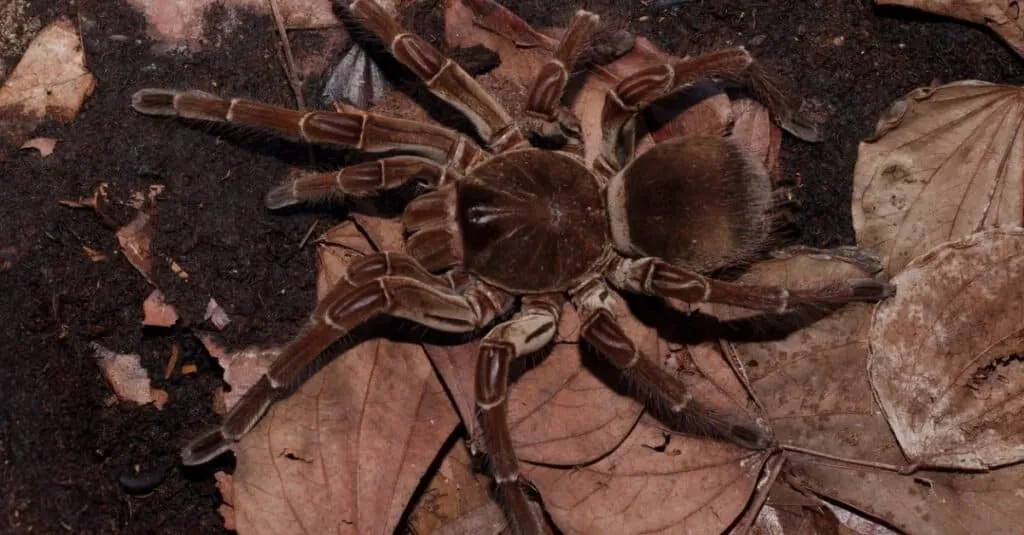What Do Tarantulas Eat
Understanding a tarantula’s diet is crucial for its health and well-being. Tarantulas, being carnivorous creatures, primarily consume live insects and, occasionally, small vertebrates. The specific diet can vary based on the tarantula species, its size, and its age. However, certain foods are universally accepted as staples in a tarantula’s diet. Providing the right nutrition ensures your tarantula thrives in captivity. A balanced diet not only supports growth and development but also contributes to a longer, healthier life for your arachnid friend. The key is to understand what mimics their natural feeding habits and provides the necessary nutrients. Careful consideration of food sources, preparation, and overall diet is paramount for tarantula owners.
The Basic Tarantula Diet
The foundation of a tarantula’s diet typically consists of insects. Crickets, roaches, mealworms, and superworms are among the most popular choices. These insects are readily available at pet stores and are often easy to care for, making them convenient food sources. It’s important to ensure that the insects are healthy and free from any diseases or parasites before feeding them to your tarantula. Variety is also a key factor; offering a diverse range of insects helps ensure your tarantula receives a broader spectrum of nutrients. This approach mimics the varied diet a tarantula would encounter in its natural habitat, which is essential for their health and longevity. Consider the nutritional value and ease of handling when choosing the insects for your tarantula.
Why Snails Are Not Ideal

While a tarantula might encounter a snail in the wild, snails are generally not a good choice for captive tarantulas. Snails can potentially carry parasites that could be harmful to your tarantula. Also, the hard shell of a snail can be difficult for the tarantula to consume, and the snail itself doesn’t provide the best nutritional value compared to other food sources. It’s also important to consider the potential for contamination from pesticides or other chemicals that a snail might have come into contact with. For these reasons, it’s best to avoid feeding snails to your pet tarantula and stick to a diet of safer, more nutritious options. Always prioritize the health and safety of your tarantula when selecting its food.
Top 5 Tarantula Food Facts
Fact 1 Crickets and Roaches
Crickets and roaches are excellent choices as staple foods for tarantulas. They are relatively easy to procure and offer a good balance of nutrients. Before feeding, ensure the insects are gut-loaded, meaning they have been fed nutritious food like vegetables and commercial cricket feed. Gut-loading increases the nutritional value of the insect, which in turn benefits the tarantula. This practice ensures your tarantula gets essential vitamins and minerals. Avoid feeding crickets and roaches from outdoor environments as they may have been exposed to harmful pesticides. Make sure the crickets and roaches are the appropriate size for your tarantula, preventing any issues with the prey overpowering your pet.
Fact 2 Mealworms and Superworms
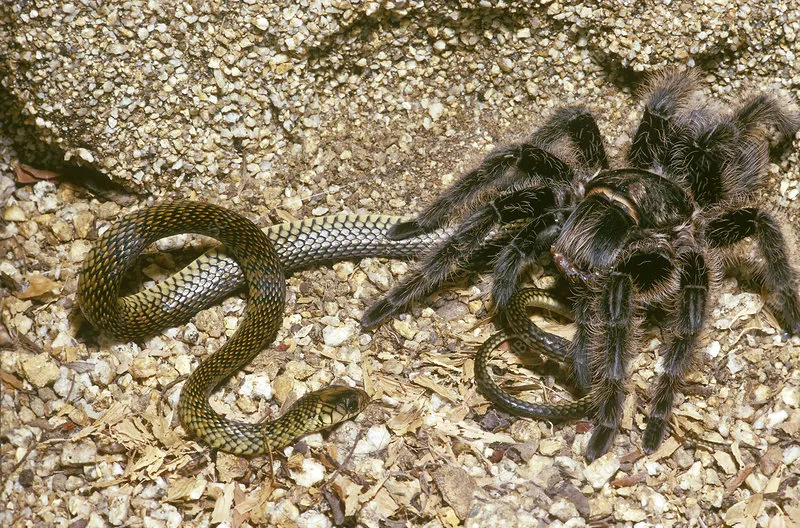
Mealworms and superworms provide a convenient alternative and are also a good source of protein. These worms are easy to store and can be purchased in bulk. However, mealworms have a harder exoskeleton, so they might be more difficult for smaller tarantulas or spiderlings to digest. Superworms, being larger, can be a good option for bigger tarantulas. It’s still important to feed these worms with nutritious food to ensure your tarantula gets the necessary nutrients. Offer these in moderation, ensuring that they are not the only food source. Overfeeding on these worms can sometimes lead to problems with your tarantula’s digestion, so proper balance is key.
Fact 3 Occasional Pinky Mice
For larger tarantula species, pinky mice (baby mice) can be an occasional treat. Pinky mice offer a high-protein meal, but they should be offered sparingly, maybe once or twice a year, as they can be high in fat. It is very important to only offer pinky mice to adult tarantulas. Avoid feeding pinkies too frequently, as this could lead to health problems. Make sure the mouse is properly thawed if it’s frozen. Always monitor your tarantula after feeding pinky mice to ensure that they’re digesting the meal without any complications. Use pinky mice as a supplement in the diet of your tarantula, not as its main food source.
Fact 4 The Importance of Variety
Offering a varied diet is very important for your tarantula’s health. Just like humans, tarantulas benefit from consuming a range of nutrients. This means including different types of insects in their diet. This ensures that your tarantula gets a complete array of vitamins and minerals. Different insects have different nutritional profiles. Some, like crickets, are high in protein, while others might offer more fats or trace elements. The key is to vary the prey you offer. Switching between crickets, roaches, mealworms, and even occasional superworms or other insects provides a balanced diet. Regularly changing the diet prevents nutritional deficiencies and helps keep your tarantula healthy.
Fact 5 Avoid Wild-Caught Insects
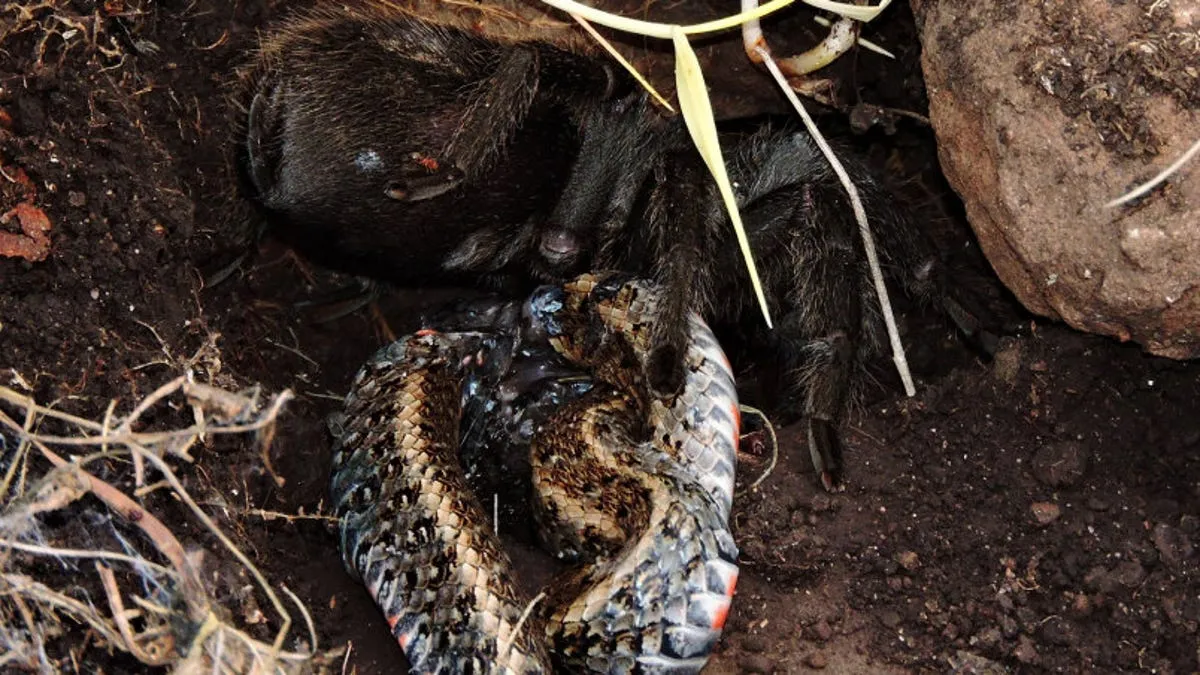
While it might seem convenient to catch insects from your backyard, it’s generally not recommended to feed wild-caught insects to your tarantula. Wild insects may carry parasites, pesticides, or diseases that can be harmful to your pet. They could have come into contact with chemicals that could poison your tarantula. Furthermore, the nutritional value of wild insects can be unpredictable. They might not provide the balanced diet your tarantula needs. Therefore, it’s always safer to buy insects from a reputable pet store that specifically breeds insects for feeding. These insects are usually bred in a controlled environment and are less likely to be contaminated with harmful substances.
Feeding Frequency & Portion Control
How Often Should You Feed a Tarantula
The feeding frequency of a tarantula depends largely on its age and species. Spiderlings and juvenile tarantulas need to be fed more often, possibly every other day or every three days, because they are growing rapidly. Adult tarantulas, on the other hand, can be fed less frequently, perhaps once a week or even less. Some larger species might only require feeding every other week or even once a month. Always monitor your tarantula’s abdomen for signs of fullness. An abdomen that appears plump and healthy indicates that the tarantula is well-fed. If the abdomen is too large, it may be a sign of overfeeding, and you should adjust the frequency accordingly. Avoid overfeeding, as it can lead to health problems. Always check with your veterinarian about the best feeding schedules.
Sizing Prey for Your Tarantula
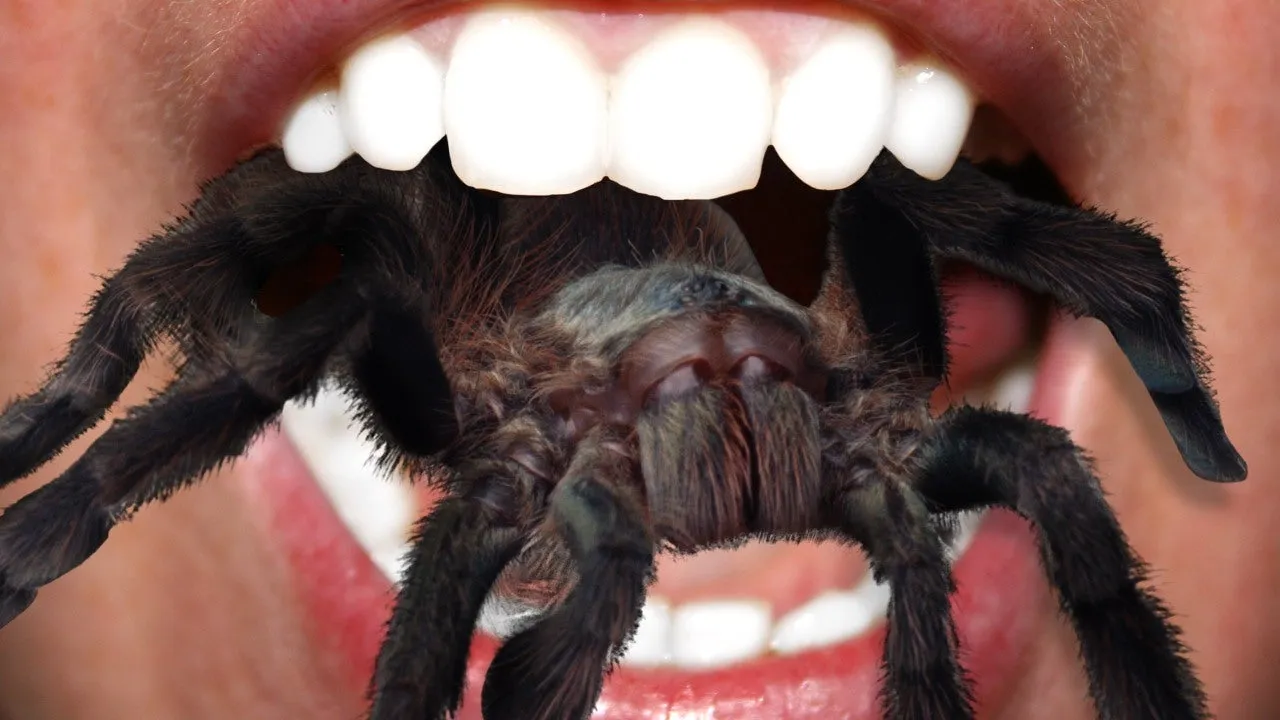
Properly sizing the prey is vital for tarantula health and safety. The general rule is that the prey should be no larger than the tarantula’s abdomen. This ensures that the tarantula can easily subdue and consume the insect. Offering prey that is too large can pose a risk, as the insect may be able to injure or even kill the tarantula, especially during a molt. For spiderlings, it is important to offer smaller prey items, such as fruit flies or pinhead crickets, to ensure easy consumption. As the tarantula grows, gradually increase the size of the prey. Keep a close eye on the tarantula when feeding, and remove any uneaten prey after 24 hours to prevent stress and potential harm.
Providing Water and Supplements
Essential Water and Humidity
Providing fresh water is crucial for a tarantula’s survival. Tarantulas need water to stay hydrated and aid in molting. A shallow water dish should always be available in their enclosure. It’s important to keep the water dish clean and refill it regularly. Some tarantula keepers also mist the enclosure to maintain the appropriate humidity levels. The level of humidity needed depends on the species of tarantula. Tropical species will need more humidity. Always research your tarantula’s species to understand its specific humidity needs. Without enough water and the correct humidity, tarantulas can face dehydration and molting difficulties. Regularly monitoring and maintaining humidity is essential.
The Role of Supplements
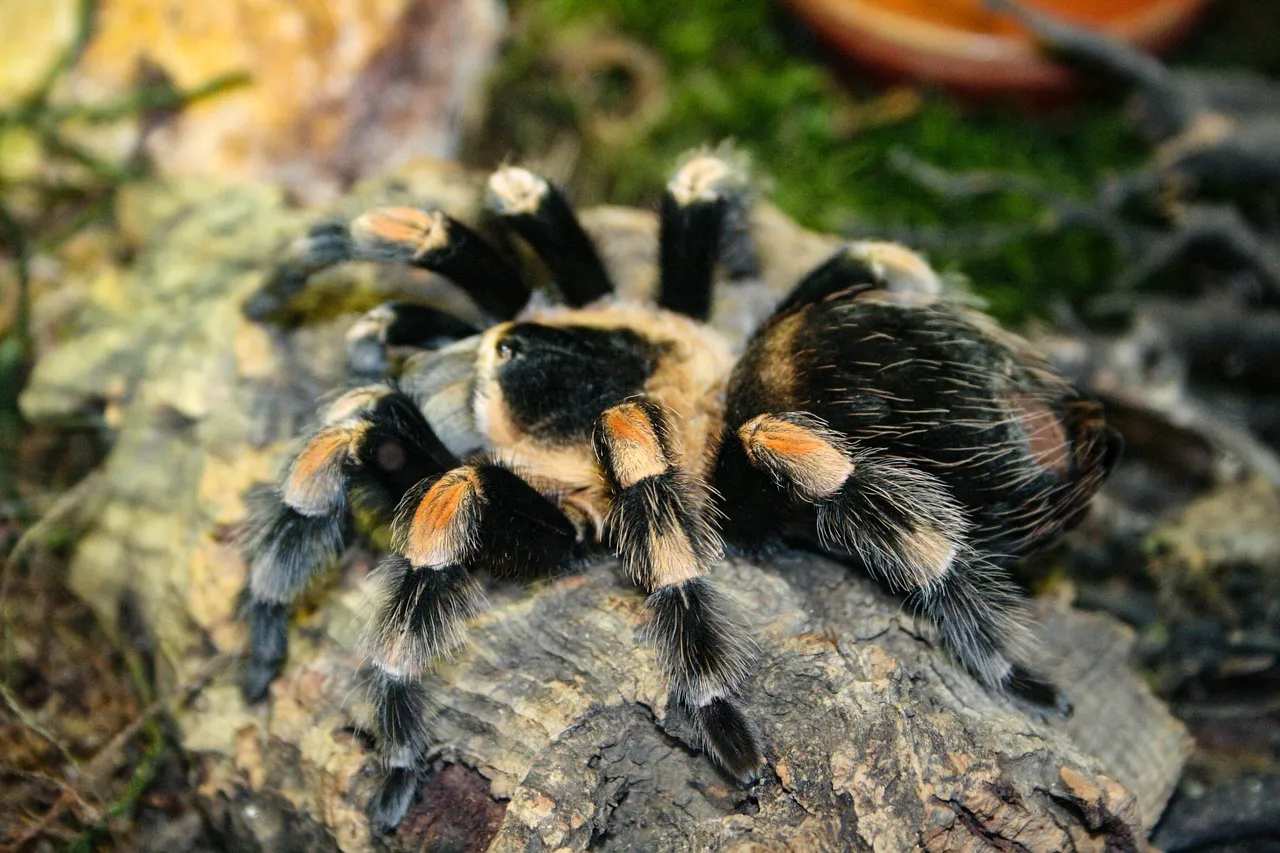
While a varied diet of insects usually provides the necessary nutrients, some tarantula keepers supplement their tarantula’s diet with additional vitamins and minerals. Calcium and vitamin D3 are sometimes offered, especially for tarantulas that may not be getting enough from their food. These supplements can be added to the insects before feeding them to your tarantula. However, it’s always best to do your research. Over-supplementing your tarantula can be harmful. If you’re uncertain about the need for supplements, consult with a veterinarian specializing in exotic pets to determine what, if any, supplements are necessary. Make sure you have the right environment, food and water, and then everything will be fine.
